Does CO2 Make Plants Grow Faster?
With the rise in popularity of aquascaping also comes the rise of the equipment being used in the hobby. RGBW (red,green, blue and white) LED lights have surfaced. Plant fertilizers are now readily available in pet shops and small canister tanks for CO2, as well as CO2 diffusers and regulators, are now normally found in fish stores and pet shops. This would not have been the case 10 years ago. Aquascaping has made the use of CO2 in aquariums very popular. So popular in fact that a lot of methods have been formulated to provide this gas to the tank water. Is it really that necessary?
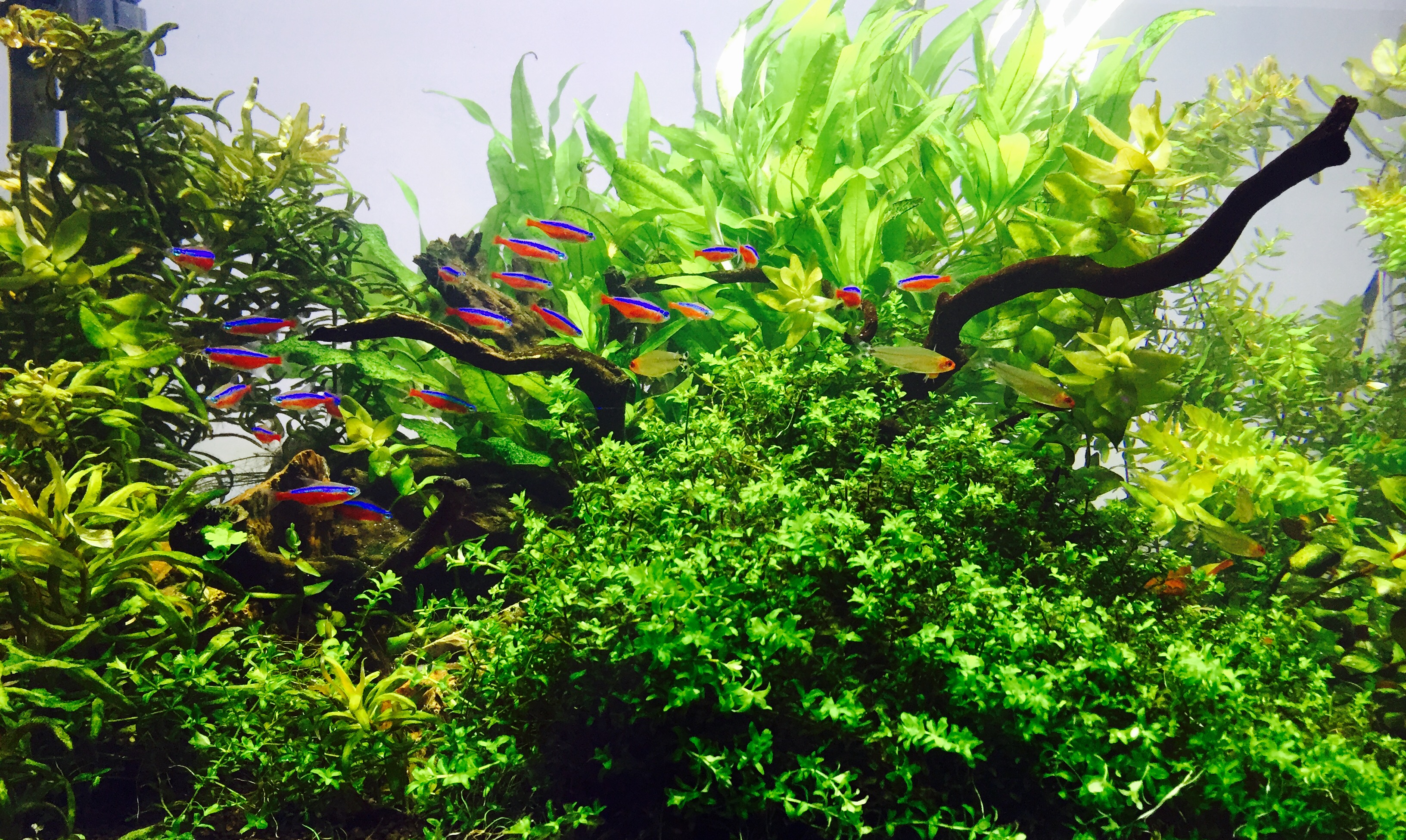
Why not to stay on the low-tech side of aquascaping?
Ask any experienced aquascaper and they will say that having a tank using CO2 supplementation is 10 mes beer than having a tank without. It is not to say that a tank without CO2 is not doable. In fact, having a low-tech tank (non-CO2 supplemented) is rather enjoyable but it is rather limited. Only plants that can survive in low to mid-lighting can survive in a Low-tech tank. Most aquascaping plants,especially carpeting plants and colorful stem plants will require an abundant amount of CO2 dissolved in the water. Unhealthy plants will also become stable much faster with CO2 supplementation. It just makes everything easier if there is one to use-at least where growing plants are concerned.
Why is CO2 so important for planted tanks?
Let us first understand the role that CO2 plays before we answer the question that is the title for this article. CO2, as taught in grade school, is required by plants to manufacture food (photosynthesis). Plants have a special way of combining CO2 with water and with the help of light converting the two into simple sugars and Oxygen. These sugars will then become what fuels the plant. It is used for energy. The excess Oxygen is released into the atmosphere. What about Nitrogen,Phosphorus,Potassium and other trace minerals? These plant foods are used in the plant’s growth. In basic, elementary human foods are divided into three; Go, Glow and Grow. Consider the micro and macro nutrients as loose equivalent to the grow and glow foods of plants. None of these are used for energy and without energy, a plant could really not do anything else. All these, including carbon dioxide, are needed by plants in their day-to-day existence.
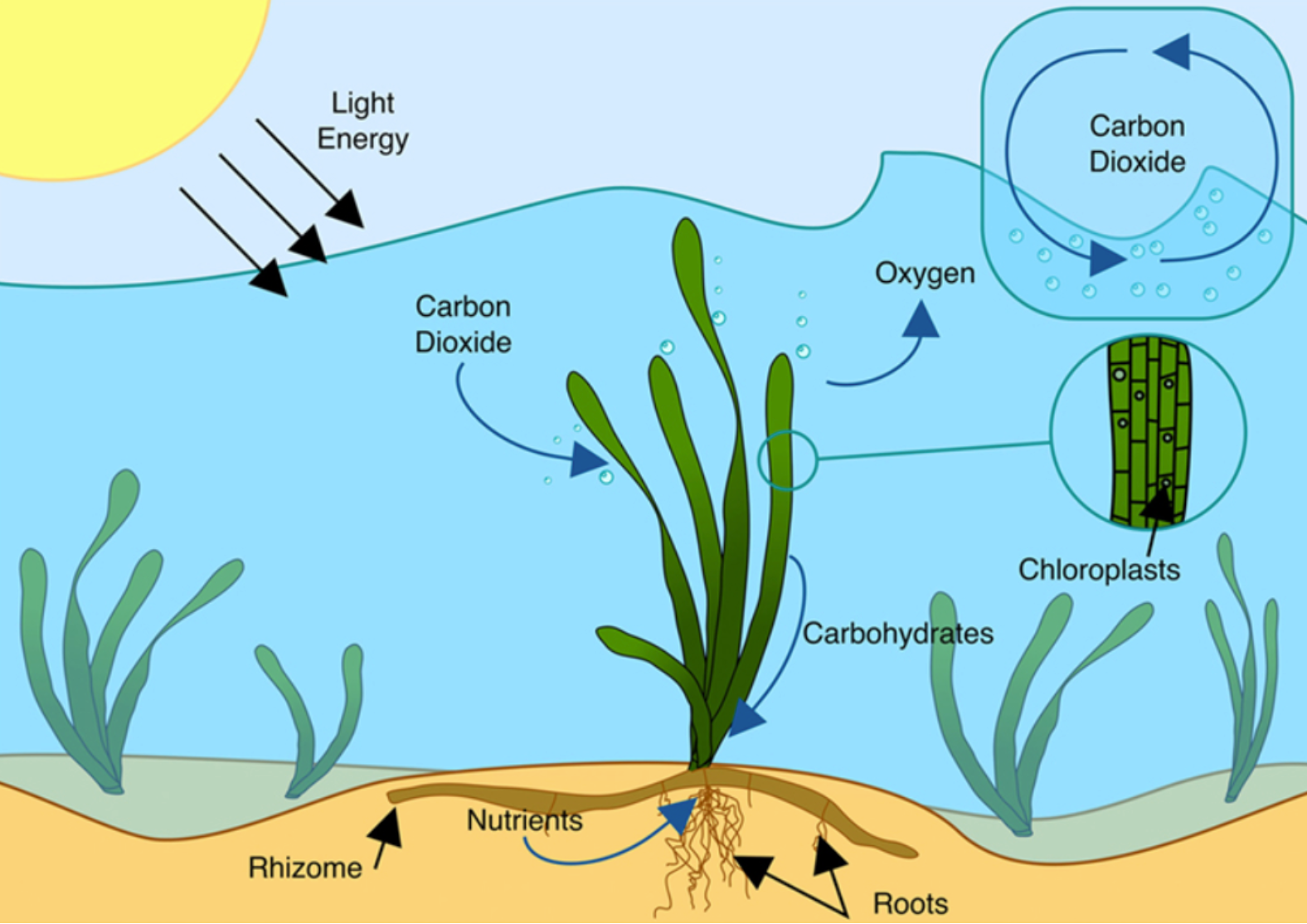
So the answer to the question: Does CO2 supplementation make plants grow faster? There is a complicated “yes” and a complicated “no”.
Why Yes?
If plants have energy every day they can then go about spending that energy trying to grow new leaves, new roots and become healthy. Having enough CO2 will ensure that food manufacturing does not stop when the lights are on. Of course, it is not the only liming factor to the growth of plants. Light plays an important role as well. But basically, CO2 or rather a sufficient supply of CO2 is essential for all plants.
CO2 as explained in the previous article has the tendency to lower pH making it slightly acidic. During the day or during ‘lights on’, when CO2 injection is turned on as well, pH becomes slightly acidic. At night, with lights and CO2 turned off and with surface agitation, the tank’s pH goes back up. Oxygen has the ability to raise pH while CO2 lowers it. A high-tech planted tank, therefore, experiences a regular fluctuation in pH which algae does not like. Algae has difficulty growing in lower or fluctuating pH. Indirectly CO2 injection helps by hampering algae growth and as any planted tank enthusiast will know, algae is enemy no. 1 to the planted tank. It impedes plant growth and competes with nutrients and space.
The best example of fast growing aquarium plants with CO2 injection is the well-known Anubias.
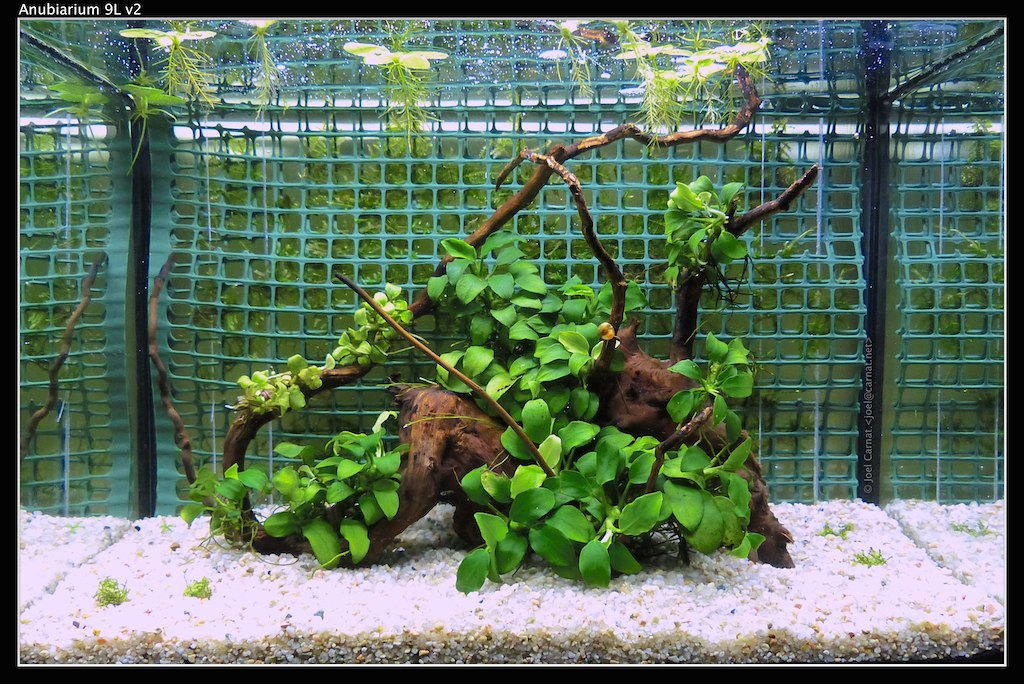
Why do some plants not require CO2?
The fact is, all plants require CO2 but not all plants have the same levels of requirements. Plants that need less light, the slow-growing ones like Anubias and Java fern will require less of CO2 present in the water. CO2 will always be present in the water even without CO2 supplementation. Moving water with surface agitation ensures gas exchange. Some CO2 gets out and some get in. A tank full of these plants, with low lighting will no longer require CO2 supplementation. The CO2 dissolved in the water should be sufficient. Put these plants however in high light and they will require more CO2. This is where supplement comes in. CO2 supplementation is just a simple way of ensuring that the plants will have sufficient CO2 in a controlled environment such as an aquascaped tank. That is all. It is that simple. It is just making sure that the plants will have what is necessary for them to manufacture their own food.
Why No?
CO2 alone cannot make plants grow faster. It is a combination of the right amount of light and the right levels of CO2 and nutrients that make plants grow healthier and faster. A tank with sufficient CO2 yet with inadequate lighting would result in either dying plants or stagnant growth. It is the same with nutrients. Tanks with sufficient lighting and CO2 will find it difficult to have fast-growing plants without sufficient nitrogen and other nutrients. This will only result in plant deficiencies which will be very evident in the leaves. Some leaves may have holes, others turn yellow while some leaves simply melt. This is an all too common scenario with unbalanced tanks. Nutrients sometimes are out and the hobbyist will just focus on the right amount of CO2 and the right intensity in lighting. These three should go together. An increase in lighting should mean an increase in CO2 and nutrients as well.
Too much CO2 dissolved in the water could be dangerous not only to fish but to plants as well. Plants, the varieties being used in aquascaping, can tolerate slightly acidic water. They cannot however tolerate too much acidic water. with correct CO2 injection,pH is expected to lower down to 6.9 down until 6.7. Anything lower than that on a regular basis could put the plants at risk. Plants have different thresholds. Some plants could survive this and others may not. So why risk it? There are CO2 drop checkers available in the market to give out readings so one can ensure that CO2 stays at the proper levels. Purchase one. This will help save the tank’s plants.
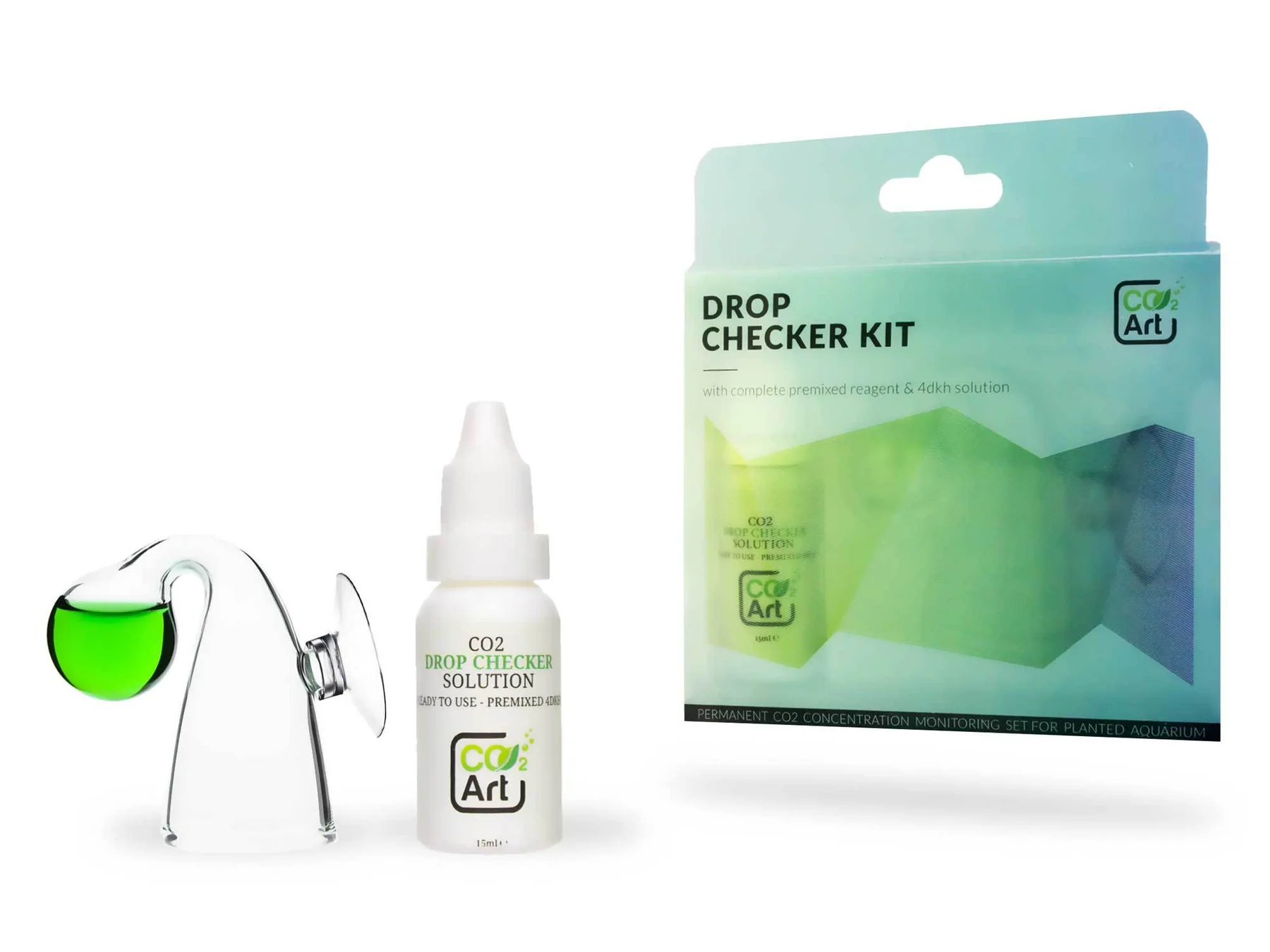
CO2 Drop Checker Monitoring Set - that's a total must-have while using CO2 in the aquarium! Catch one from our website LINK!
How to make plants grow faster in a new tank?
In a high-tech setup, it would normally take about 2-4 months for the plants to be fully established and the tank can finally be considered mature. It may sound like a long time, that is until one compares it to how long a low-tech tank can mature. Low-tech tanks take about 3-6 months to mature and sometimes even longer. Let us take the Anubias growth rate as an example. Anubias, in a non-CO2 supplemented tank will take three weeks to one month plus and sometimes even longer before a new leaf will start growing. Sometimes, leaf growth may not be constant. Anubias could grow a leaf this month and then skip the following month. Add CO2 to the tank and Anubias will certainly grow a new leaf every three weeks. It does not skip. Increase nutrients and light intensity just a little bit and turn a low-light tank into a medium-lit tank, Anubias is sure to grow a leaf every 2 weeks. Notice the difference in the timespan. Moss will also act this way. It doubles its growth rate with CO2 supplementation, an increase in lighting and fertilizers. Pearlweed, a really easy-to-grow stem plant, will grow about 2 centimeters in a week with increased lighting, nutrients and CO2.
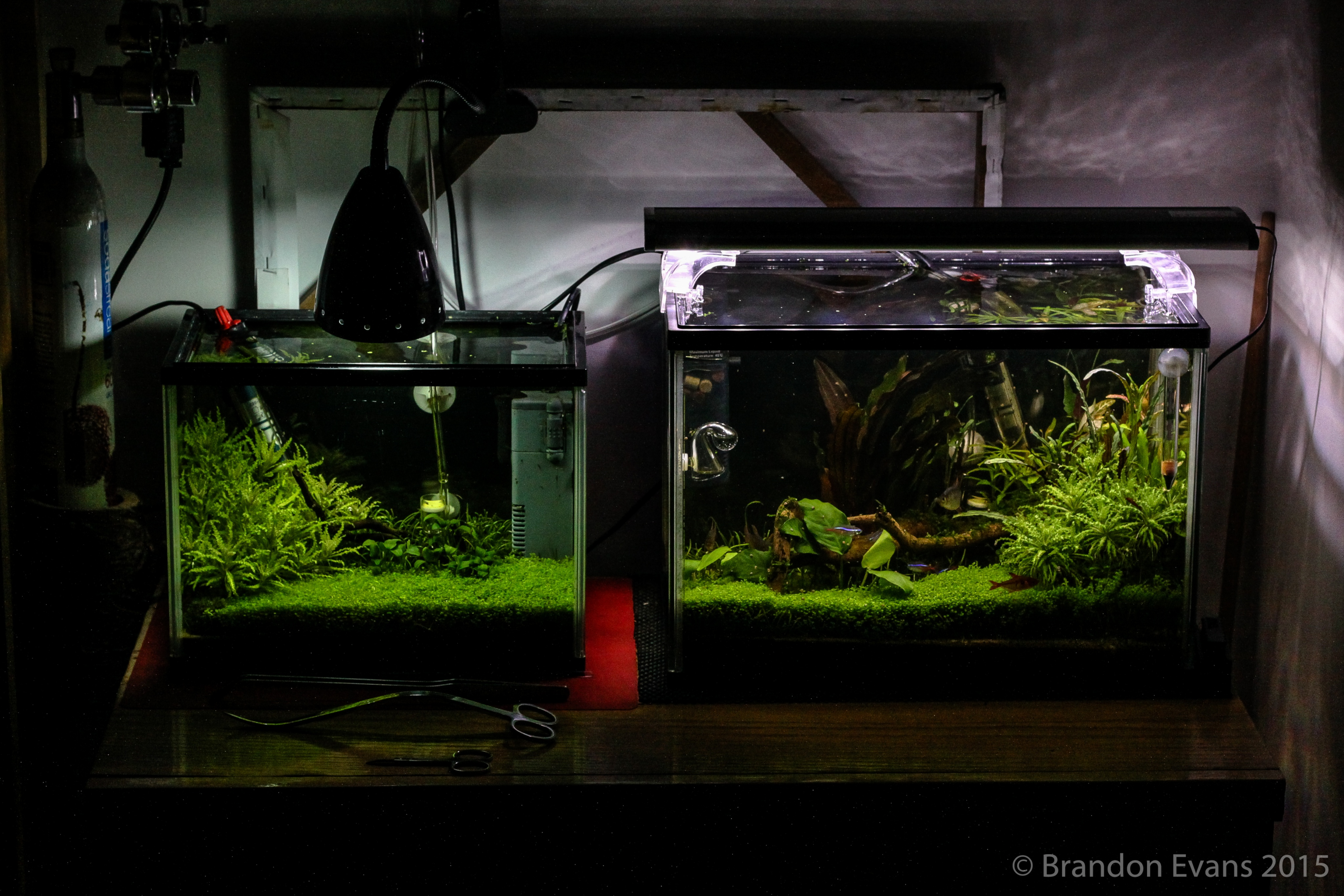
Summary
While using CO2 has its dangers, the rewards definitely outweigh the risks. It is highly recommended to use CO2 when venturing into the planted tank hobby. It makes everything easier. Plants for low-tech setups are considered easy plants to grow but in reality, a low-tech setup is so much harder to balance than a CO2-supplemented one. Get a CO2 tank for growing aquarium plants even if the setup is for low lighting or medium lighting. This will ensure that the plants will establish much faster and transition from immersed to submersed form will be much faster. The difference is that when a High-tech, high-light setup is unbalanced, the plants are quick to react and they immediately become unhealthy and die in just a matter of days. Early signs would mean the hobbyist can detect the issue much faster and remedy the issue right away. The low-tech setup could go on unbalanced for months and the inexperienced hobbyist, new to this hobby, would not even notice that there is something wrong with the setup until weeks or months later. There are subtle clues but they would be very easy to miss with an inexperienced eye. These easy-to-grow plants do not die right away in low-light, low-tech setups. These plants are slow to show signs of deficiencies as well. They are easy to keep; meaning in an unbalanced tank, they will definitely survive even though they are not happy and are not the fastest growing aquarium plants.




